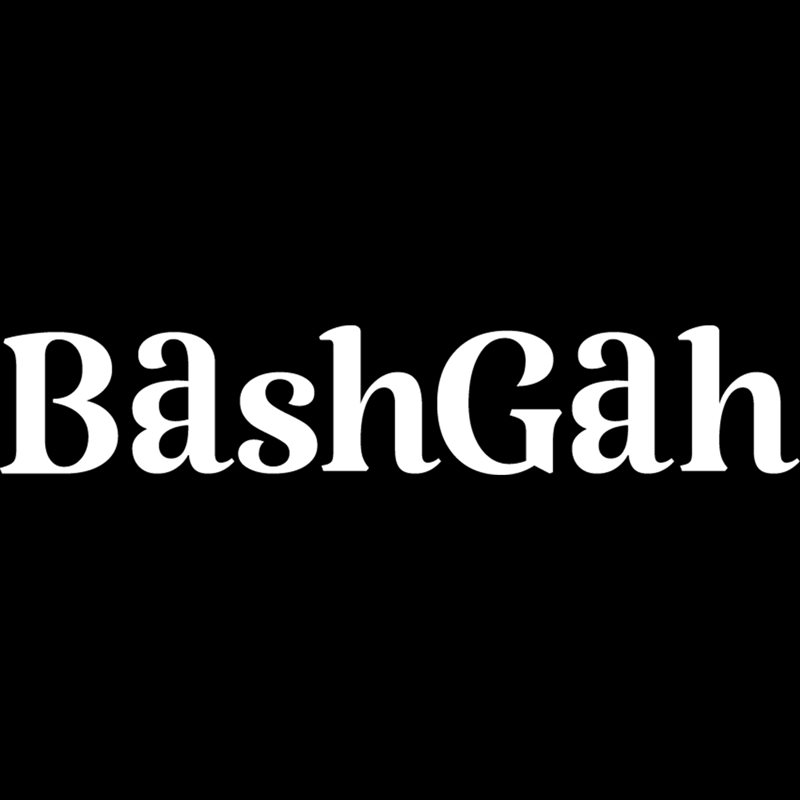 Bashgah Gallery
Bashgah Gallery
From the early days when nature-oriented artistic traditions from the West entered Iran up to the present day, the issue of Iranian artists' identity remains a subject of questioning. Introducing these traditions led many to perceive the nature-oriented approach to art – in Iran- as Western, dismissing the numerous preceding art traditions that had a longstanding history in Iran over centuries. They saw it as a sign of losing Iranian artists' national and cultural identity
The issue of identity isn't restricted to visual traditions; it has been the subject of national crises in Iran and other countries with similar cultures and visual conventions.
One approach artists took to counter this situation was the utilisation of motifs, symbols, and elements rooted in national, indigenous or local cultures. This approach resulted in the formation of various art movements later known as "Neo-Traditionalism," an unpredictable fusion of two contrasting perspectives that were meant to negate each other on paper but were now coexisting to present "traditional concepts in a global format," according to the new belief.
This belief led to the emergence of art movements in Iran and other countries that are now considered part of art history and are still in the pursuit of discovering new ways.
The exhibition's theme, "How to Be an Iranian Artist?" addresses how Iranian artists found ways to preserve their national identity


